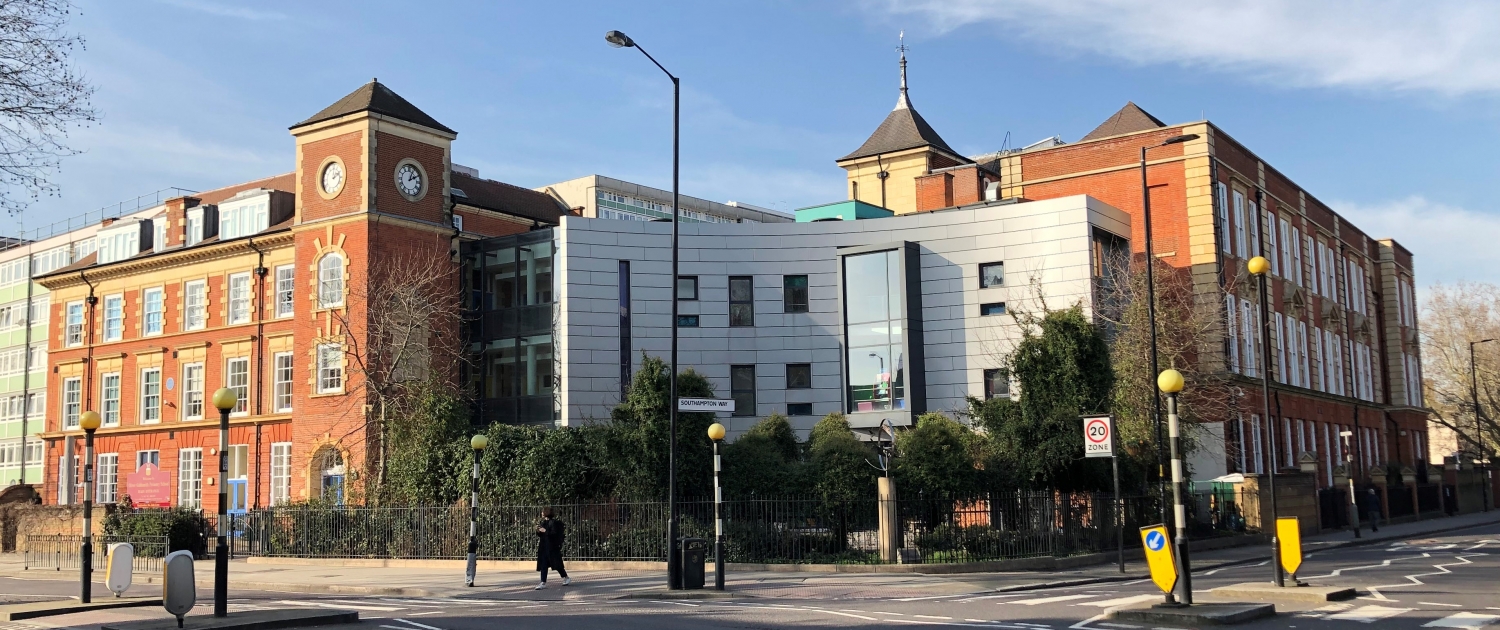Welcome To Summer Term in Reception
We hope that you all had a lovely break!
Our topic this term is Toys. We will look at old and new toys, discussing the similarities and differences between them. Throughout this topic, our key books are…



As we look towards September and the transition to Year 1, our Literacy and Maths focus for this half term will be around the Early Learning Goals.
Literacy
Comprehension ELG Children at the expected level of development will:
Demonstrate understanding of what has been read to them by retelling stories and narratives using their own words and recently introduced vocabulary;
Anticipate – where appropriate – key events in stories;
Use and understand recently introduced vocabulary during discussions about stories, non-fiction, rhymes and poems and during role-play.
Word Reading ELG Children at the expected level of development will:
Say a sound for each letter in the alphabet and at least 10 digraphs;
Read words consistent with their phonic knowledge by sound-blending;
Read aloud simple sentences and books that are consistent with their phonic knowledge, including some common exception words.
Writing ELG Children at the expected level of development will:
Write recognisable letters, most of which are correctly formed;
Spell words by identifying sounds in them and representing the sounds with a letter or letters;
Write simple phrases and sentences that can be read by others.
Mathematics
Number ELG Children at the expected level of development will:
Have a deep understanding of number to 10, including the composition of each number;
Subitise (recognise quantities without counting) up to 5;
Automatically recall (without reference to rhymes, counting or other aids) number bonds up to 5 (including subtraction facts) and some number bonds to 10, including double facts.
Numerical Patterns ELG Children at the expected level of development will:
Verbally count beyond 20, recognising the pattern of the counting system;
Compare quantities up to 10 in different contexts, recognising when one quantity is greater than, less than or the same as the other quantity;
Explore and represent patterns within numbers up to 10, including evens and odds, double facts and how quantities can be distributed equally.

